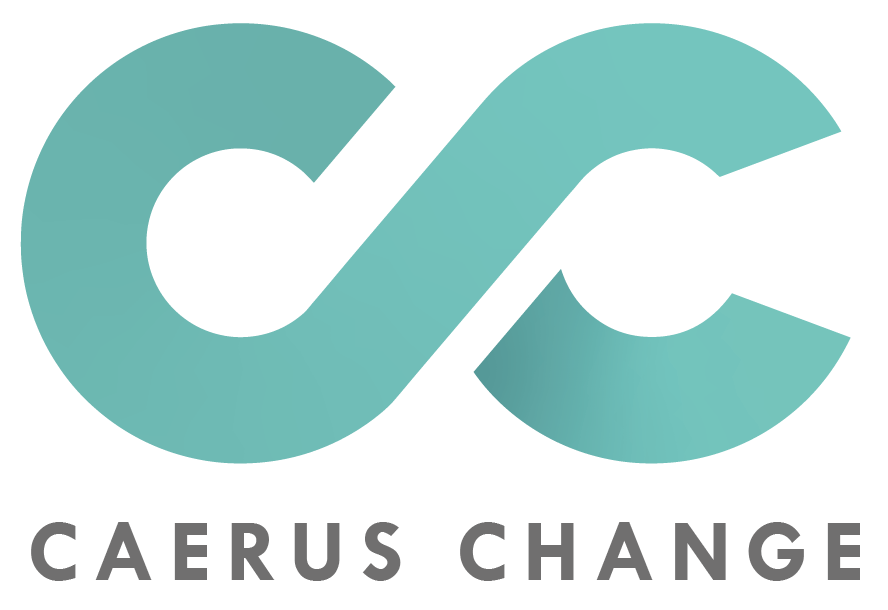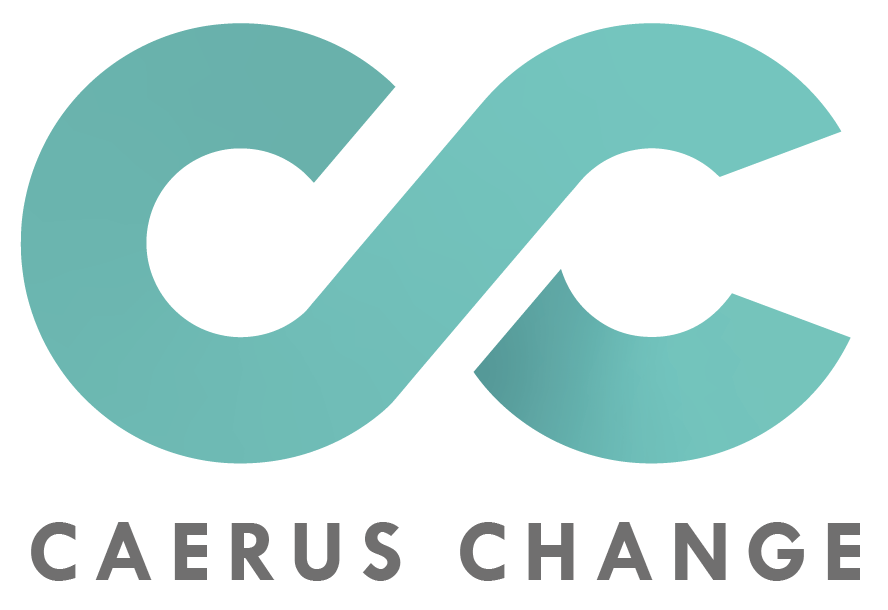When a team is capable of communicative competency, there is an exponential leap to effectiveness.
Dr David Kantor
What is Structural Dynamics?
Structural Dynamics is an evidence-based approach to interpersonal relationships first described by Professor David Kantor over thirty years ago and still taught at Harvard Business School. Put simply, it is a model for how communication works - or doesn’t work - in connecting human systems.
This enhances the collective wisdom of teams dealing with complex challenges in a climate of increasing uncertainty.
It enables us to learn alternative ways to contribute to conversations, breaking out of ‘stuck’ or unhelpful patterns of behaviour and accessing contributions that build Psychological Safety and lead to greater interpersonal effectiveness..
Structural Dynamics is an evidence-based approach to interpersonal relationships first described by Professor David Kantor over thirty years ago and still taught at Harvard Business School. Put simply, it is a model for how communication works - or doesn’t work - in connecting human systems.
This enhances the collective wisdom of teams dealing with complex challenges in a climate of increasing uncertainty.
It enables us to learn alternative ways to contribute to conversations, breaking out of ‘stuck’ or unhelpful patterns of behaviour and accessing contributions that build Psychological Safety and lead to greater interpersonal effectiveness..
How we use Structural Dynamics
Recent research suggests that the apex of leadership effectiveness is communicative competence and, to fully equip participants to achieve this, we suggest a program of intervention and development with a high focus on practical application individually, in the teams and into the wider stakeholder community as it progresses.
As Structural Dynamics works to both accelerate increased self-awareness (internal) and to deepen the capability to ‘Read the Room’ (external) it is seen as particularly appropriate where diverse ‘realities’ may arrive in a team setting. It helps build Psychological Safety so that conversations which need take place can do so constructively in the room, rather than being held back.
Our programs in Structural Dynamics are supported by the Kantor Institute behavioural instruments, which provide insight into individual and group behaviours. We are the sole authorised training provider for Structural Dynamics in Europe.
We have not come across any other tool or model that allows teams to identify and work with their own process over a relatively short period of time. Clients tell us they often feel overwhelmed by the number of assessment tools that are available, but that Structural Dynamics is the only approach they know of that helps teams and organisations to work more systemically.
Recent research suggests that the apex of leadership effectiveness is communicative competence and, to fully equip participants to achieve this, we suggest a program of intervention and development with a high focus on practical application individually, in the teams and into the wider stakeholder community as it progresses.
As Structural Dynamics works to both accelerate increased self-awareness (internal) and to deepen the capability to ‘Read the Room’ (external) it is seen as particularly appropriate where diverse ‘realities’ may arrive in a team setting. It helps build Psychological Safety so that conversations which need take place can do so constructively in the room, rather than being held back.
Our programs in Structural Dynamics are supported by the Kantor Institute behavioural instruments, which provide insight into individual and group behaviours. We are the sole authorised training provider for Structural Dynamics in Europe.
We have not come across any other tool or model that allows teams to identify and work with their own process over a relatively short period of time. Clients tell us they often feel overwhelmed by the number of assessment tools that are available, but that Structural Dynamics is the only approach they know of that helps teams and organisations to work more systemically.
THE BASELINE BEHAVIOURAL PROFILE
The Baseline Behavioural Profile (BBP) instrument is morally neutral, in that no single profile is preferable over another. A BBP enables people to understand how they communicate in normal settings, and to identify opportunities to become more effective in the way they communicate with others.
The Team Profile helps teams to identify their unique patterns of dialogue, and enable the team to explore new and more effective ways to relate to each other. It allows team members to understand the impact of the organisational system on team dynamics, and encourages the adoption of a more systems-focused and holistic approach to the way they work.
A typical programme with a senior team will be conducted in 3 phases over several months:
- Phase 1 – Laying the Foundations
- Phase 2 – Deepening awareness in High Stakes and Embedding,
- Phase 3 – Review and Refine based on emergent themes from the system.
As the group becomes familiar in working with a structural approach, we introduce live business topics to the conversation, to work on solving real problems at the same time as working on the ‘how’ of communication competence.
The Four Player Model
The four-player model offers a powerful way to look at the verbal ‘actions’ taking place in a meeting. By understanding the hidden dynamics in any conversation we can quickly make more creative and strategic choices to that enable people to think and work together more effectively.
The Four Player model categorises communication between people into four vocal ‘acts’. For effective face-to-face interaction, all four acts need to be present. These are as follows:
Move: Initiates action or suggests a direction. Introduces new idea or concept
- Jo: “I think its’s time we changed our office layout.”
Follow: Gets behind and supports others’ ideas. Takes necessary action to carry ideas forward. Completes the action.
- Ed: “I agree; I’d be happy to lead that project.”
Oppose: Challenges. Pushes back on ideas to provide options and help shore up weaknesses. Corrects the action.
- Nat: “Actually, I feel that things are working fine as they are for now.”
Bystand: Bridges. Observes offers a neutral perspective and reconciles seemingly disparate ideas. Connects viewpoints.
- Tim: “I’m hearing Joe and Ed are in favour of a change, Nat wants to hold-off… what does everyone else think?”
The Four Player Model in Action
Seeing the conversation in this way allows us to ‘read the room’ and choose which act will help us move the conversation forward productively.
For example, a leader may express an opinion (Move) which others Follow, despite holding concerns. This can lead to a Move→Follow-Follow-Follow pattern, where decisions may be made without exploring other options (‘Polite Compliance’ in the Fields of Conversation model below). In this instance an Oppose may be needed, to challenge this view.
A skilful communicator might do this with a ‘blended’ act. For example, a Follow, with an Oppose.
“I understand why you’re suggesting this and a number of the points you’ve made make a lot of sense to me (Follow). However, I’m concerned that taking that course of action will alienate our customers, so I’d like us to explore some other options” (Oppose).
Then…
”Taking a step back, with our objective of margin improvement in mind, does anyone have any additional thoughts or ideas?” (Bystand)
Here, the speaker is seeking to shift the conversational dynamic into a space of curiosity to open up a more constructive Dialogue, where new ideas might emerge.
Other layers in the Structural Dynamics model help us understand further aspects of our interactions in conversations which are shaped by preferences we have each developed over time, based on our own life experiences. These include our preferred:
- Communication Domain: The kinds of topics, issues and content toward which you naturally gravitate.
- Operating System: The rules you implicitly follow in engaging with others
We each have a different profile, and each is equally valuable. The more we become agile in adjusting our conversational behaviour to meet the needs of the group or business, the more effective the outcomes become.
Mastering the use of vocal acts in the Four Player Model is a valuable first step towards having more productive conversations and achieving better results.
The Four Player Model
The four-player model offers a powerful way to look at the verbal ‘actions’ taking place in a meeting. By understanding the hidden dynamics in any conversation we can quickly make more creative and strategic choices to that enable people to think and work together more effectively.
The Four Player model categorises communication between people into four vocal ‘acts’. For effective face-to-face interaction, all four acts need to be present. These are as follows:
Move: Initiates action or suggests a direction. Introduces new idea or concept
Jo: “I think its’s time we changed our office layout.”
Follow: Gets behind and supports others’ ideas. Takes necessary action to carry ideas forward. Completes the action.
Ed: “I agree; I’d be happy to lead that project.”
Oppose: Challenges. Pushes back on ideas to provide options and help shore up weaknesses. Corrects the action.
Nat: “Actually, I feel that things are working fine as they are for now.”
Bystand: Bridges. Observes offers a neutral perspective and reconciles seemingly disparate ideas. Connects viewpoints.
Tim: “I’m hearing Joe and Ed are in favour of a change, Nat wants to hold-off… what does everyone else think?”
The Four Player Model in Action
Seeing the conversation in this way allows us to ‘read the room’ and choose which act will help us move the conversation forward productively.
For example, a leader may express an opinion (Move) which others Follow, despite holding concerns. This can lead to a Move→Follow-Follow-Follow pattern, where decisions may be made without exploring other options (‘Polite Compliance’ in the Fields of Conversation model below). In this instance an Oppose may be needed, to challenge this view.
A skilful communicator might do this with a ‘blended’ act. For example, a Follow, with an Oppose.
“I understand why you’re suggesting this and a number of the points you’ve made make a lot of sense to me (Follow). However, I’m concerned that taking that course of action will alienate our customers, so I’d like us to explore some other options” (Oppose).
Then…
”Taking a step back, with our objective of margin improvement in mind, does anyone have any additional thoughts or ideas?” (Bystand)
Here, the speaker is seeking to shift the conversational dynamic into a space of curiosity to open up a more constructive Dialogue, where new ideas might emerge.
Other layers in the Structural Dynamics model help us understand further aspects of our interactions in conversations which are shaped by preferences we have each developed over time, based on our own life experiences. These include our preferred:
- Communication Domain: The kinds of topics, issues and content toward which you naturally gravitate.
- Operating System: The rules you implicitly follow in engaging with others
We each have a different profile, and each is equally valuable. The more we become agile in adjusting our conversational behaviour to meet the needs of the group or business, the more effective the outcomes become.
Mastering the use of vocal acts in the Four Player Model is a valuable first step towards having more productive conversations and achieving better results.

